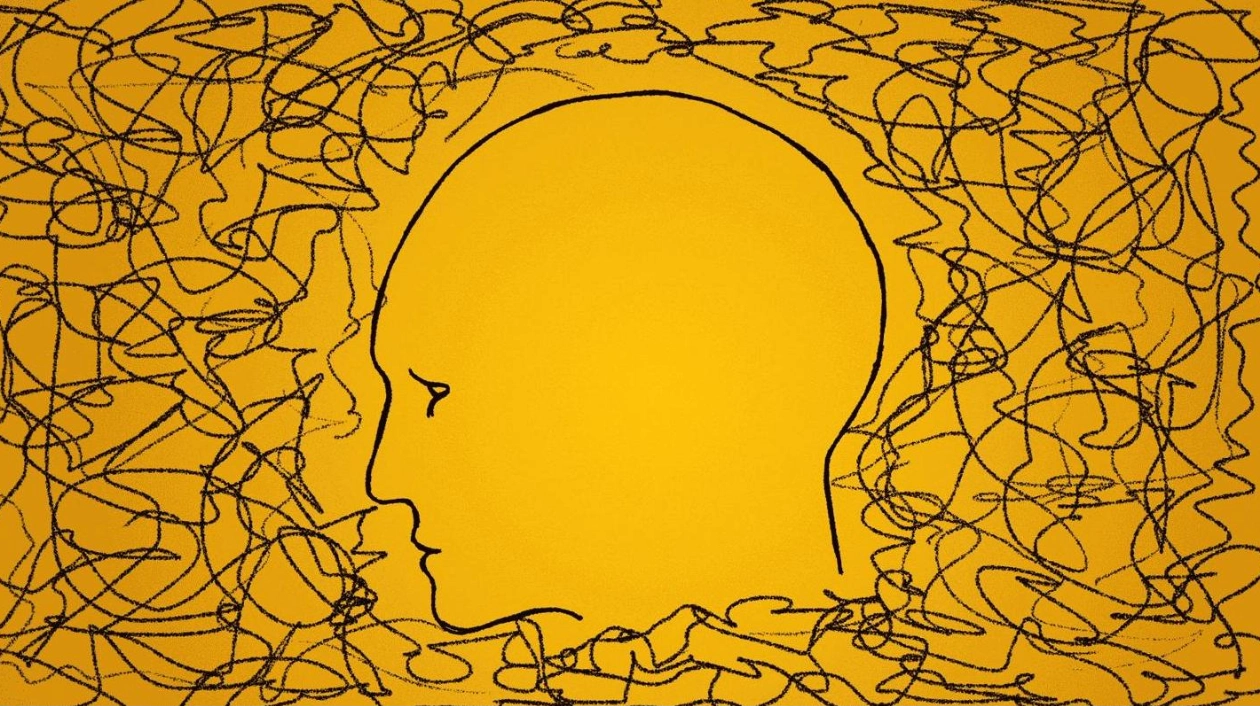The symptoms of depression are known to vary over time, yet many brain imaging studies of the condition focus on a single point in time. This has made it challenging to link brain activity networks to different symptoms and mood shifts. A recent study, however, using long-term brain imaging data, reveals that a brain network responsible for directing attention is nearly twice as large in individuals with depression compared to those without such symptoms. This network remains larger even as depressive symptoms wax and wane.
"When we began this project, we didn't necessarily expect to find stable, trait-like differences in brain activity patterns in people with depression," explains Charles Lynch, a neuroscientist at Weill Cornell Medical College. "Our primary interest was in identifying changes that occur over time as symptoms fluctuate." The findings, published on September 4 in Nature, could potentially enhance various brain stimulation therapies for depression (SN: 9/21/23).
Lynch and his team aimed to uncover the underlying mechanisms of mood changes in depression by mapping brain networks over extended periods. Utilizing existing functional MRI datasets, the team analyzed the brain activity of over a hundred individuals over multiple days, including those with and without depression. The dataset also included patients' self-reported depression symptom ratings at the time of each scan.
The researchers identified the brain areas with the most coordinated activity and discovered that the salience network—known for identifying relevant stimuli and guiding attention—was nearly twice as large in individuals with depression. This network also influences the activity of two other networks: one involved in self-focused thinking and another that supports working memory during goal-directed tasks. Previous research had suggested a role for the salience network in depression, but the findings were inconclusive.
The new study revealed that while the overall shape of the network was similar across both groups, its boundaries extended further in patients with depression. Although the salience network's boundaries remained stable over time and across different moods, changes in connectivity between specific nodes of the network correlated with worsening symptoms. By examining network changes in two patients scanned over many months, the team found that connectivity between the nucleus accumbens (involved in reward-seeking) and the anterior cingulate (which plays a role in decision-making) weakened when patients reported experiencing less joy.
Two individuals with bipolar II disorder also exhibited expanded salience networks, but those with autism or obsessive-compulsive disorder did not. "The specificity of salience network expansion to depression will be a fascinating question to explore in future studies using transdiagnostic samples," comments Lucina Uddin, a neuroscientist at UCLA who was not involved in the study.
To investigate whether a large salience network could precede depression, the team analyzed a neuroimaging dataset of adolescents over time. They focused on 57 children who did not exhibit depressive symptoms when scanned between the ages of 10 and 12 but developed symptoms within a couple of years. These children had significantly larger salience networks than those who did not develop depression, and the size of the network remained stable over time in both groups.
The results suggest that a larger salience network does not result from depression; rather, it precedes it. The authors speculate that the enlarged network may be linked to early life stressors or genetics, but further research is needed to confirm this.
A deeper understanding of the neural components driving depression could pave the way for more precise therapeutic interventions, which would be particularly beneficial given the inconsistent effectiveness of current medications. "We believe there is an opportunity to incorporate information about how functional brain networks are spatially organized in individuals with depression to inform how we administer brain stimulation therapies," Lynch concludes.






